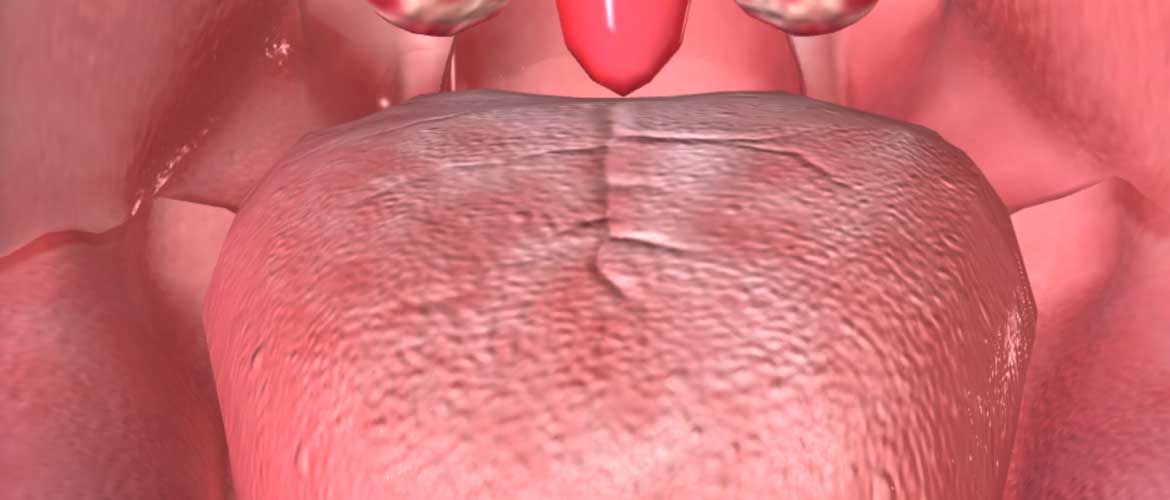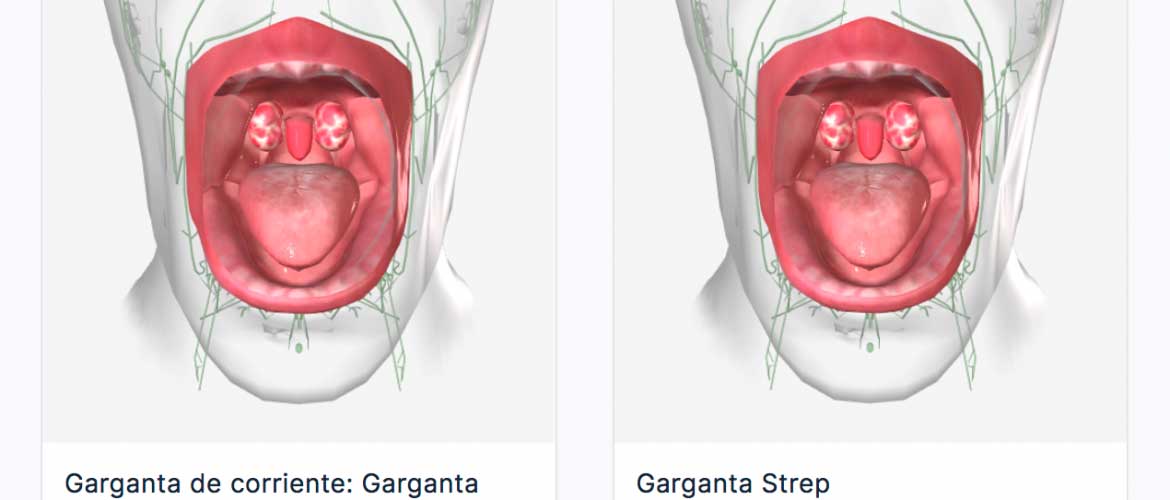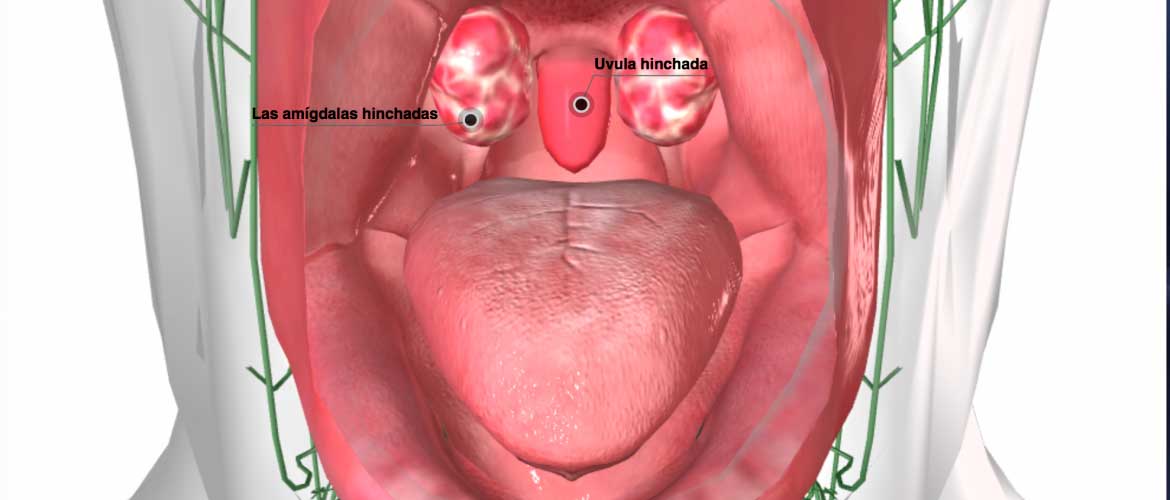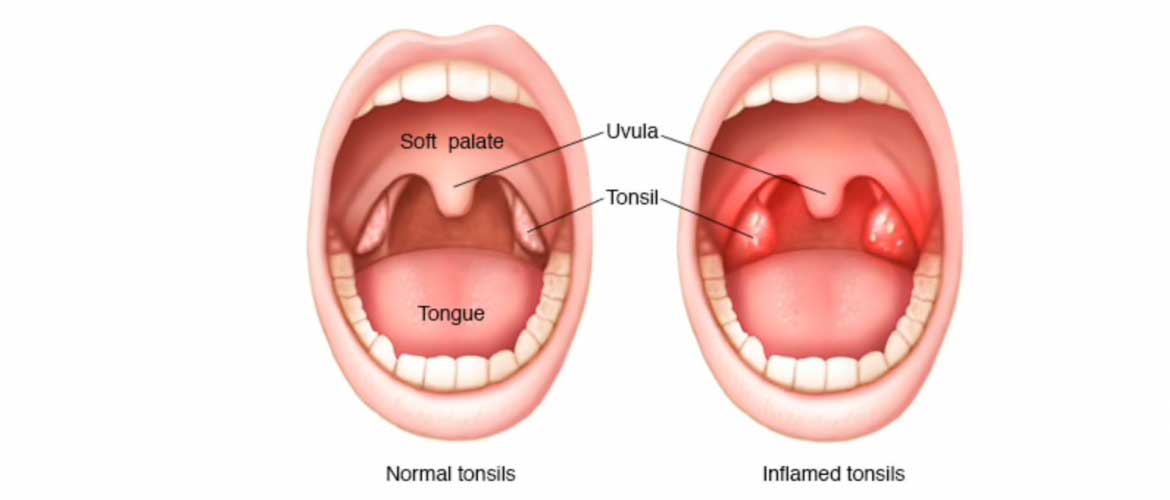



INFORMATION
A tonsillectomy is a surgical procedure to remove the tonsils. Tonsils are two small glands located in the back of your throat. Tonsils house white blood cells to help you fight infection, but sometimes the tonsils themselves become infected.
Tonsillitis is an infection of the tonsils that can make your tonsils swell and give you a sore throat. Frequent episodes of tonsillitis might be a reason you need to have a tonsillectomy. Other symptoms of tonsillitis include fever, trouble swallowing, and swollen glands around your neck. Your doctor may notice that your throat is red, and your tonsils are covered in a whitish or yellow coating. Sometimes, the swelling can go away on its own. In other cases, antibiotics or a tonsillectomy might be necessary.
A tonsillectomy can also be a treatment for breathing problems, like heavy snoring and sleep apnea.
Who needs a tonsillectomy?
One case of tonsillitis is not enough to warrant a tonsillectomy. Usually, the surgery is a treatment option for those who are often sick with tonsillitis or strep throat. If you’ve had at least seven cases of tonsillitis or strep in the last year (or five cases or more over each of the last two years), talk to your doctor about whether a tonsillectomy is an option for you.
Tonsillectomy can also treat other medical problems, including:
- breathing problems related to swollen tonsils
- frequent and loud snoring
- periods in which you stop breathing during sleep, or sleep apnea
- bleeding of the tonsils
- cancer of the tonsils
Preparing for a tonsillectomy
You will need to stop taking anti-inflammatory medicines two weeks before your surgery. This type of medication includes aspirin, ibuprofen, and naproxen. Drugs of this kind can increase your risk of bleeding during and after your surgery. You should let your doctor know about any medications, herbs, or vitamins you’re taking.
You’ll also need to fast after midnight before your tonsillectomy. This means you shouldn’t drink or eat. An empty stomach reduces the risk of feeling nauseous from the anesthetic.
Be sure to plan for your at-home recovery. Someone will need to drive you home and help you for the first couple of days following your tonsillectomy. Most people stay home from work or school for about a week following surgery.
Tonsillectomy procedure
There are several different ways to remove tonsils. One common method is called “cold knife (steel) dissection.”
Another common method for tonsillectomy involves burning away the tissues through a process called cauterization. Ultrasonic vibration (using sound waves) is also used in some tonsillectomy procedures. Tonsillectomies usually take about a half hour.
No matter what surgical method your doctor chooses, you’ll be asleep with a general anesthetic. You won’t be aware of the surgery or feel any pain. When you wake up after the tonsillectomy, you’ll be in a recovery room. Medical staff will monitor your blood pressure and heart rate as you wake up. Most people can go home the same day after a successful tonsillectomy.
Risks during a tonsillectomy
A tonsillectomy is a very common, routine procedure. However, like with other surgeries, there are some risks with this procedure. These can include:
- swelling
- infection
- bleeding
- reaction to anesthetics
Tonsillectomy recovery
Patients can experience some pain as they recover from a tonsillectomy. You might have a sore throat after surgery. You might also feel pain in your jaw, ears, or neck. Get plenty of rest, especially in the first two to three days after surgery.
Sip water or eat ice pops to stay hydrated without hurting your throat. Warm, clear broth and applesauce are ideal food choices during early recovery. You can add ice cream, pudding, oatmeal, and other soft foods after a couple days. Try not to eat anything hard, crunchy, or spicy for several days after a tonsillectomy.
Pain medication can help you feel better during recovery. Take the medicines exactly as your doctor prescribes. Contact your doctor if you experience bleeding or run a fever after a tonsillectomy. Snoring for the first two weeks after the procedure is normal and expected. Call your doctor if you have trouble breathing after the first two weeks.
Many people are ready to go back to school or work within two weeks after a tonsillectomy.
Most who have a tonsillectomy have fewer throat infections in the future.
Can you brush your teeth after a tonsillectomy?
Brush your teeth gently. Avoid harsh gargling or tooth brushing. This can cause bleeding. Limit your activity for 7 to 10 days after surgery
How can I make my tonsillectomy heal faster?
Get plenty of rest, especially in the first two to three days after surgery. Sip water or eat ice pops to stay hydrated without hurting your throat. Warm, clear broth and applesauce are ideal food choices during early recovery. You can add ice cream, pudding, oatmeal, and other soft foods after a couple days
Is it dangerous for adults to have tonsils removed?
Complications common for adults after tonsillectomy. Adults have a high rate of complications after getting their tonsils removed, so plan for adequate recuperation after the surgery, researchers say. … Surgically removing the tonsils can help adults who have repeated cases of strep throat each year or bad sleep apnea.
Can I drink coffee after a tonsillectomy?
While ice cream can be a feel-good food after a tonsillectomy, it’s best to avoid dairy products if you’re having nausea or vomiting (a side effect of anesthesia and narcotic pain medication). Instead, stick to clear liquids such as apple juice, soda such as Sprite, black coffee, or soup broth.





